$125,000 Fine After Workers Fall
Valmont (Vic) Pty Ltd was sentenced in the Sunshine Magistrates' Court on Thursday 3 October after earlier being found guilty of one charge of failing to provide and maintain a safe system of work and one charge of failing to ensure a workplace under its management or control was safe and without risks to health.
Valmont was fined without a conviction and mandated to pay $42,752 in costs. The company had been assigned to transform level two of a multistorey car park on Clarke Street in Sunshine into office space. The project entailed the removal of a car park ramp between levels one and two, the installation of structural steel and formwork, and the pouring of concrete into the void to finalize the office floor. In July 2019, a segment of the formwork collapsed when a steel beam connecting it to the existing slab detached as the concrete was being poured, resulting in three workers plummeting more than two metres to the level below. Two workers were hospitalized with serious injuries. A WorkSafe inquiry revealed that Valmont had failed to arrange for a building surveyor or engineer to inspect the formwork prior to the concrete pour. The court concluded that it would have been reasonably practicable for Valmont to have organized a pre-pour inspection and to have secured a written inspection report affirming that the formwork was structurally sound to bear the concrete pour.
WorkSafe Executive Director of Health and Safety Sam Jenkin said working with formwork could be high risk and there was no excuse for omitting important safety processes.
"Having a competent person inspect formwork before a concrete pour begins is a crucial step designed to avoid exactly this kind of disastrous scenario," Mr Jenkin said.
"In this case two workers were injured and it could very easily have been much, much worse."
To prevent falls when working with formwork employers should:
- Ensure a competent person produces a formwork design capable of supporting the expected dynamic and static loads.
- Have systems in place to formally sign off a formwork deck as structurally sound, complete and safe for other trade workers to use as a work platform.
- Provide employees undertaking construction work with site specific training, including the onsite risks associated with formwork decks.
- Ensure High Risk Construction Work is not performed unless a Safe Work Method Statement is prepared and followed.
- Use a fall arrest system, such as a catch platform or safety nets.
For more information visit: https://www.worksafe.vic.gov.au/news/2024-10/125000-fine-after-workers-fall-concrete-formwork-collapse




